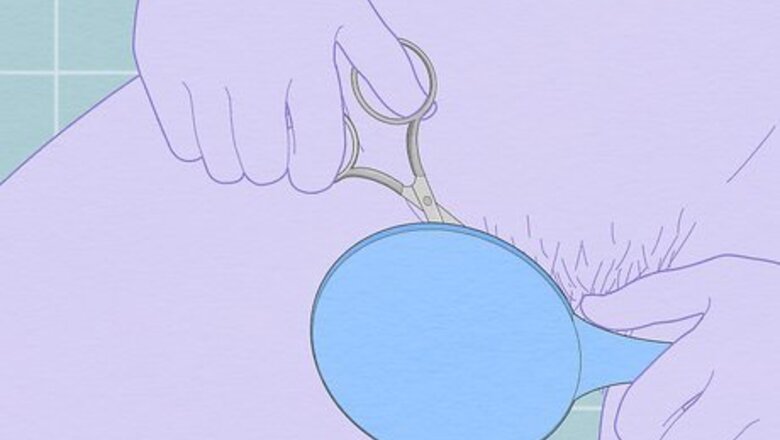
views
Shaving
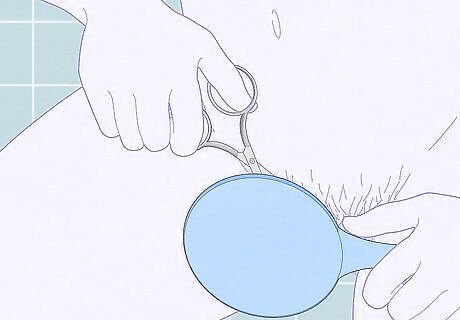
Trim your hair beforehand so it’s ⁄4 to ⁄4 in (0.64 to 1.91 cm) long. Don’t get too close to the skin, as you could accidentally cut yourself. Use a hand mirror to get a better field of vision, and stop cutting when you think you’re getting too close to the skin. Your goal is just to trim the hair down if it’s long, not to cut it all the way to the roots. Trimming your hair down may prevent your razor from getting clogged as easily.
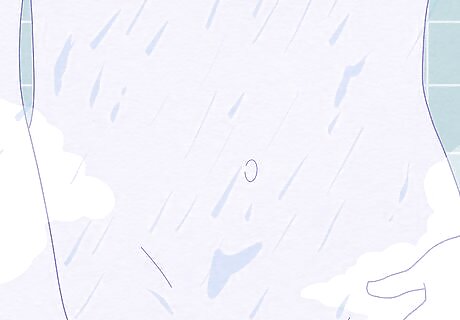
Take a 3-minute warm shower or bath before shaving. Warm water can help soften your skin and make it feel smoother. This extra step can help you avoid unwanted irritation and pimples down the line—plus, you’ll have an easier time shaving.
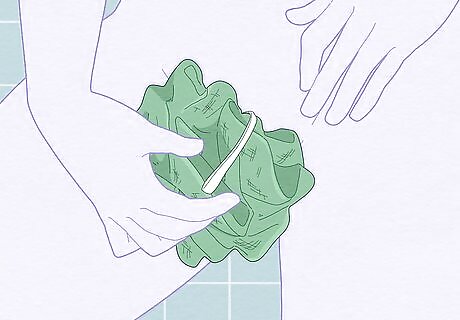
Exfoliate gently before shaving. Use an exfoliant like a loofah to help clear away any dead skin cells. That way, your razor won’t get as clogged up. Never exfoliate or shave if you have open cuts, or if your skin is sunburned.
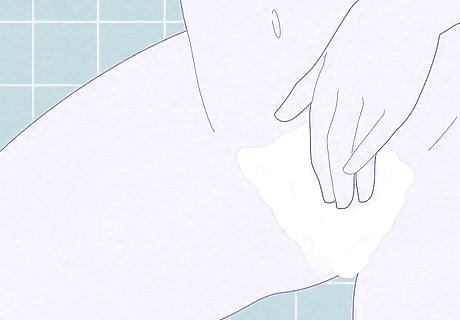
Apply shaving cream or gel. Be careful not to get any shaving cream into your vagina. Only apply cream to the outside of the labia, and reapply when necessary. Use a clear shaving gel or cream so you can see where the hairs are. Do not use soap or shampoo as replacements for shaving cream. In a pinch, you can also use conditioner, though you shouldn’t get in the habit of doing so because it lacks the moisturizing qualities of most shaving creams.
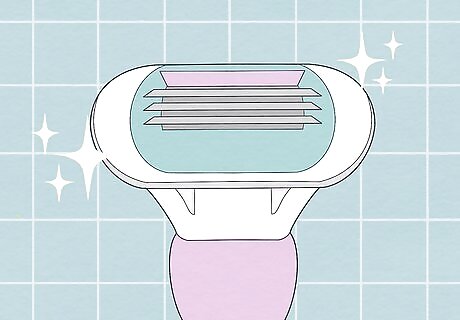
Use a sharp razor. Consider putting on a new razor head before shaving your vaginal hair. Choose a razor you’re comfortable using, and keep in mind that the larger the razor, the more unwieldy it might be. For added ease, consider using a razor with a built-in moisturizing strip. This can help make the shaving session easier and smoother.

Pull the skin taut with one hand. Make your skin as flat as possible by gently pulling it back with your non-dominant hand. Then, shave with your dominant hand.
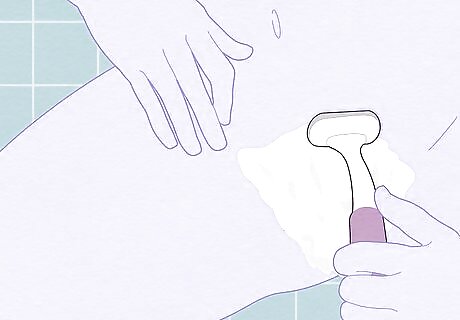
Shave in the direction of hair growth. Shaving in the direction of hair growth instead of against it helps prevent ingrown hairs. Shave slowly and evenly, without rushing. Rinse your razor regularly to get rid of trapped hair and ensure a smoother shave.
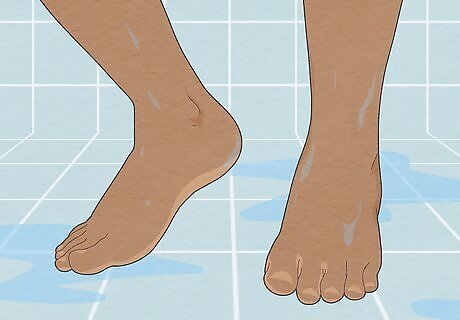
Rinse your skin when you’re finished. Remove all shaving cream and hair from the area. If you accidentally cut yourself while shaving, clean and bandage the scrape. Don’t worry, though—a little nick is okay. However, seek medical attention if you severely cut yourself.
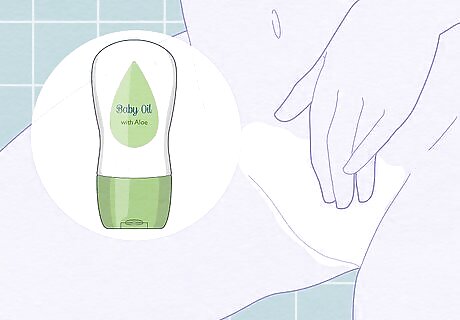
Apply baby oil or aloe vera to help soothe your skin. Baby oil also helps keep the skin pimple-free, while aloe vera is better for sensitive skin. Apply until the area is coated in a thin layer. Reapply as needed. A simple, perfume-free moisturizing lotion without a lot of added ingredients (like sunscreen) can also work for this. Don’t use aftershave, as this can sting very badly!
Hair Removal Cream
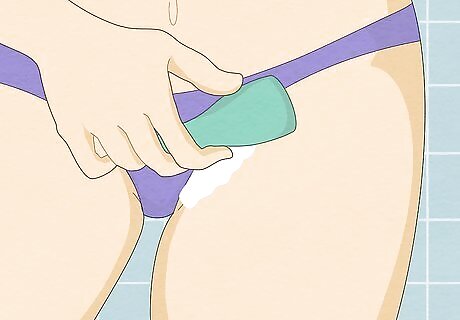
Test a small bit of hair removal cream on your bikini line before using. Before using any unknown substances or creams, it’s always a good idea to apply the cream to a small area first. Use this patch test to see if the cream causes excessive redness, pain, or some other negative reaction. Don’t use it at all if that happens! Wait 24 hours after the test before applying the cream to your pubic area.
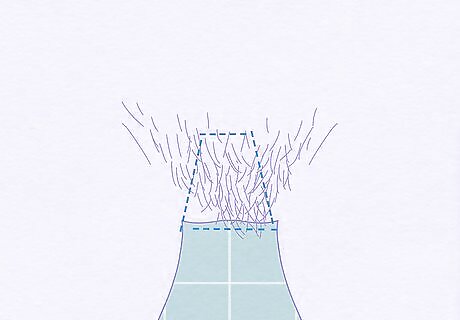
Don’t apply the cream to your genitals. If the cream didn’t cause a negative reaction, it’s probably safe to use on your pubic hair. However, take precautions to make sure the cream does not get into your vagina. Use the cream to remove hairs from your bikini line, and stay well away from your labia.
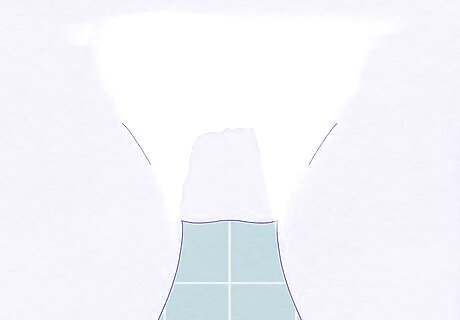
Apply a thin layer of cream to your bikini line with the package applicator. Apply the cream smoothly and evenly, taking care to avoid any buildup areas. Follow all package instructions, and wash your hands after use. Remember to never apply the cream to sensitive areas! Stick to the bikini line for optimal effects. If any cream gets inside your labia, rinse immediately.
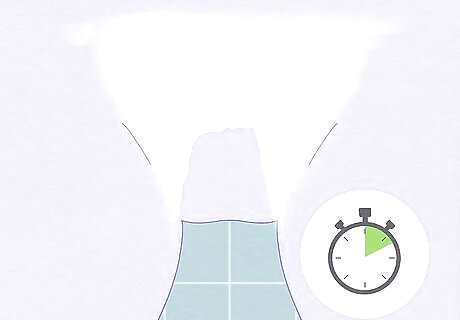
Wait the recommended amount of time. There are different waiting times depending on what hair removal cream you’ve used. Set an alarm and prepare to remove the hair removal cream once the appropriate amount of time has passed. Nair recommends you remove the hair removal cream after 3-10 minutes. Veet recommends leaving the hair removal cream on for 5-10 minutes.
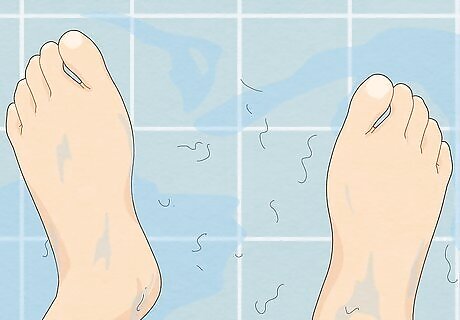
Rinse in the shower. Turn on the shower and gently rinse all of the hair removal cream away. Use a towel or washcloth to remove the cream. After hopping out of the shower, towel-dry your hair-free skin.
At-Home Waxing
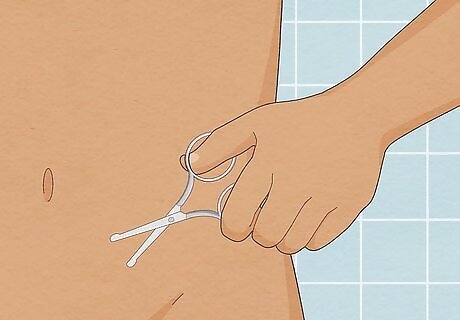
Trim your hairs so that they are ⁄4 to ⁄4 inch (0.64 to 1.91 cm) long. If your hair is too long, you might have a hard time pulling it off, or you might feel pain from pulling hairs in different directions. If your hair is too short, your waxing strips won’t have much to grip onto, and you might not be able to wax successfully. Only trim the hair you want to wax.
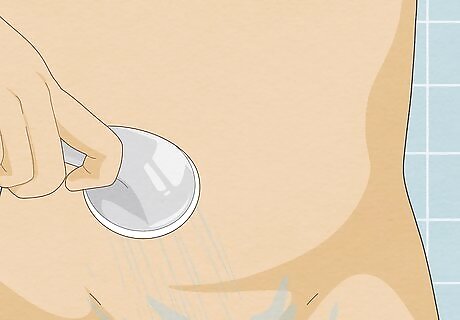
Wash your skin before you apply any wax. Carefully wash around your bikini line to clear away any dirt and dead skin cells. Then, blot the area dry with a towel—this makes it easier for the wax to stick and be more effective.
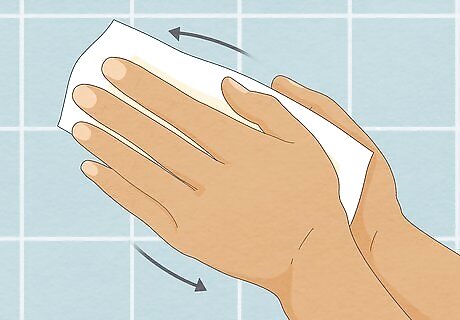
Warm the cold wax strips between your hands before applying. Check the package instructions to see how your wax needs to be heated up, and follow them. This might involve gently rubbing your hands over the cold wax strips to heat them up slightly with your body heat so they stick better to your hair.
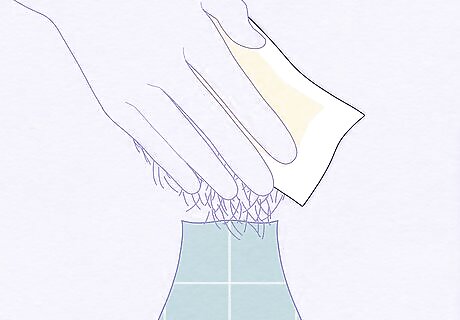
Apply the waxing strip in the direction of hair growth and press down. Make sure the waxing strip is firmly pressed onto your skin. Rub it in slightly to ensure all edges are in place.
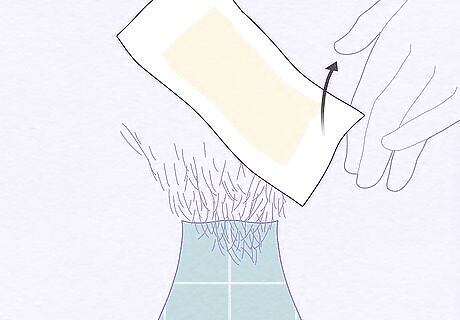
Pull the skin taut. This is especially important for wax since you’ll be pulling against the skin. Use your nondominant hand to stretch the skin as taut as possible. You should feel a slight discomfort, but no serious pain. Ease up if it feels extremely painful.

Pull quickly to help minimize the pain. Don’t be afraid of pain -- waxing does hurt, but pulling the strip off slowly will only lead to an inefficient waxing experience, and you’ll have to try again. Worse, pulling slowly can make waxing more painful. Imagine you’re ripping off a bandaid, and pull all at once.

Soothe your skin with baby oil or aloe vera. If you have sensitive skin, aloe vera can be very soothing after a cold wax session. Apply a thin layer and reapply as needed. Never use aftershave or regular moisturizer, as this can be extremely painful and dry out your skin.
Professional Waxing

Trim your hair so it’s ⁄4 to ⁄4 in (0.64 to 1.91 cm) long. If you regularly shave, and are transitioning into professional waxing, don’t shave for three weeks so your hair can grow out. If you have never removed your vaginal hair, consider trimming it. The ideal length of hair for waxing is about ⁄4 to ⁄4 in (0.64 to 1.91 cm).
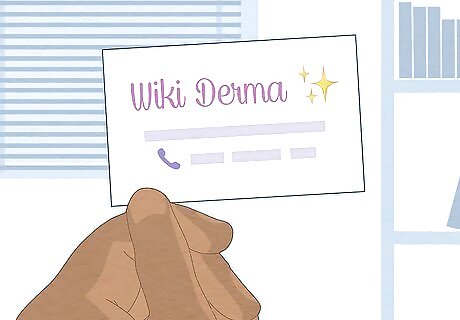
Find a salon you trust. Look for nail and spa salons in your area. One easy way to find places that wax is to call all of the nail salons in your area and ask if any of them do waxing. Ask about their practice, how they ensure that everything is sterile and clean, and how much the wax will cost. Make sure that the esthetician doesn’t “double-dip,” or reuse the same wooden stick during waxing sessions.
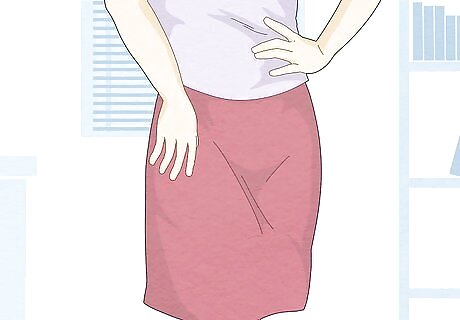
Wear comfortable underwear and a skirt or loose-flowing pants. You’re going to be tender and your skin will be sensitive after your waxing session. Prepare for that tenderness by wearing comfortable cotton underwear and a skirt or other comfortable pants. Avoid wearing tight pants or underwear for at least a day after waxing.
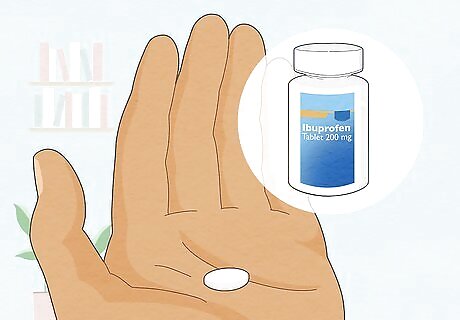
Take a painkiller or anti-inflammatory drug 30 minutes before your session. Waxing is not a pain-free process, though it is a manageable one. Take one regular dose of your preferred painkiller to prepare for your session. If you have a low pain tolerance, bring another painkiller for after the session. Do not take more than one standard dose before your wax.
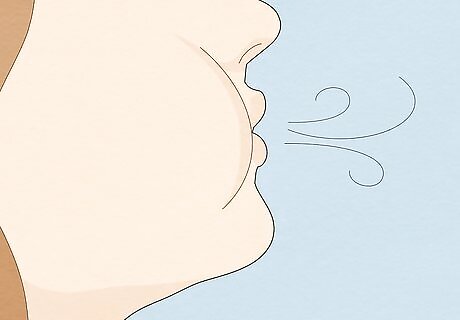
Exhale as the waxing strip is pulled. Waxing can be a painful experience, but try not to clench your teeth or muscles against it. That’ll only make the experience worse. Instead, focus on breathing deeply and exhale right as the strip is being pulled. Getting waxed right after your period is said to help with the pain!
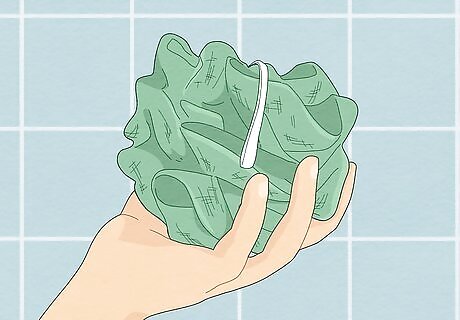
Exfoliate a week after your session. To keep your vaginal area smooth and prevent irritation or ingrown hair, exfoliate gently one week after your session with a loofah.
Laser Hair Removal
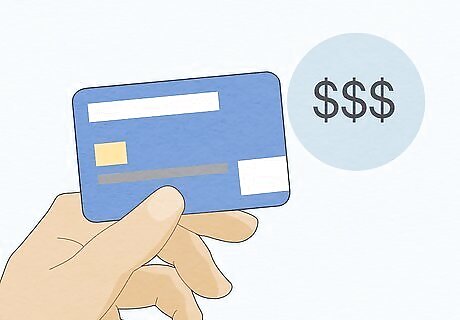
Plan to spend around $250-$250 for each treatment. The average price for a laser hair removal depends on whether you want a bikini or Brazilian laser hair removal. Since the Brazilian procedure removes more hair, it tends to be more expensive. A Brazilian procedure removes all of your pubic hair, while a bikini procedure leaves a little bit of pubic hair behind.
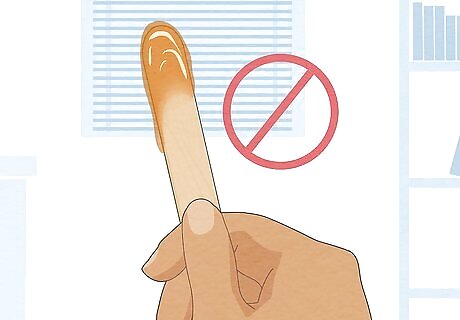
Avoid waxing at least 4 weeks before your laser hair removal. Laser hair removal requires that hair follicles be intact and inside your skin, and waxing removes hair follicles. Make your laser hair removal most successful by refraining from waxing for at least one month prior to your removal.

Shave (don’t use cream) before your treatment. In order to get the most out of your laser hair removal experience, you need to shave all of your vaginal hair the night before. Avoid using hair removal creams to remove hair before laser hair removal, as the chemicals from these products can interact and cause irritation or pain.
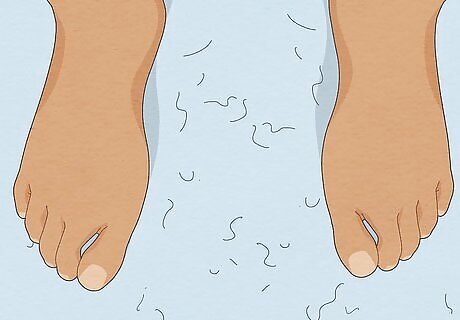
Expect the treated hair to fall out over the next few weeks. Laser hair removal isn’t immediately visible. It takes about 2 weeks before the removal starts showing effects, and until that point, your hair will be growing normally. After 2-3 weeks, your hair will start falling out. At this point, it’s ok to shave.
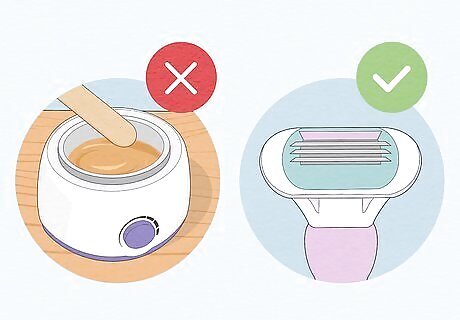
Prepare for multiple treatments. Laser hair removal can require anywhere from 6-8 treatments to fully and permanently remove hair. Most sessions are spaced by 6-8 weeks to help remove the hair more effectively. Do not wax or pluck your hair in-between sessions. Shaving is okay.



















Comments
0 comment